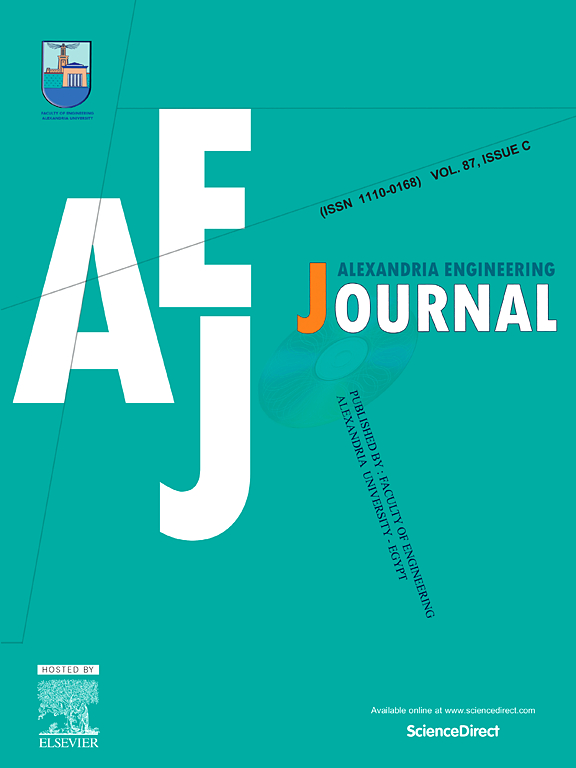Weed detection in cornfields based on improved lightweight neural network model
IF 6.2
2区 工程技术
Q1 ENGINEERING, MULTIDISCIPLINARY
引用次数: 0
Abstract
Accurate weed detection in cornfields is a basis for their prevention and control. Machine vision technology is an effective method for accurate weed detection. Thus, this paper selects weeds growing with corn at the seedling stage as the research object. Based on the original YOLOv4, an improved lightweight weed detection model, YOLOv4-weeds, is proposed. By changing the main YOLOv4 feature extraction network into MobileNetV3-Small, combined with the depthwise separable convolution and inverse residual structure, and introducing a lightweight attention mechanism, this model reduces the image processing memory size and improves detection efficiency. The YOLOv4-weeds mAP reaches 88.5 %, which is significantly higher than that of YOLOv3, YOLOv4 and YOLOv4-tiny. The innovation of this research lies in the idea of "replacing the backbone extraction network of the detection model". Specifically, the original CSPDarknet-53 backbone extraction network of the YOLOv4 model structure is replaced with MobileNetV3-Small. By improving the original YOLOv4 model structure, the complexity of the original YOLOv4 model is simplified. While ensuring the precise detection of small target objects such as corn seedlings and 13 types of weeds in the image, the model structure becomes more lightweight, better meeting the configuration requirements of embedded devices. Therefore, this research not only provides a theoretical basis and technical guidance for corn yield prediction and the development of a visual system for disease identification but also sets a good example for identifying other species.
求助全文
约1分钟内获得全文
求助全文
来源期刊

alexandria engineering journal
Engineering-General Engineering
CiteScore
11.20
自引率
4.40%
发文量
1015
审稿时长
43 days
期刊介绍:
Alexandria Engineering Journal is an international journal devoted to publishing high quality papers in the field of engineering and applied science. Alexandria Engineering Journal is cited in the Engineering Information Services (EIS) and the Chemical Abstracts (CA). The papers published in Alexandria Engineering Journal are grouped into five sections, according to the following classification:
• Mechanical, Production, Marine and Textile Engineering
• Electrical Engineering, Computer Science and Nuclear Engineering
• Civil and Architecture Engineering
• Chemical Engineering and Applied Sciences
• Environmental Engineering
 求助内容:
求助内容: 应助结果提醒方式:
应助结果提醒方式:


